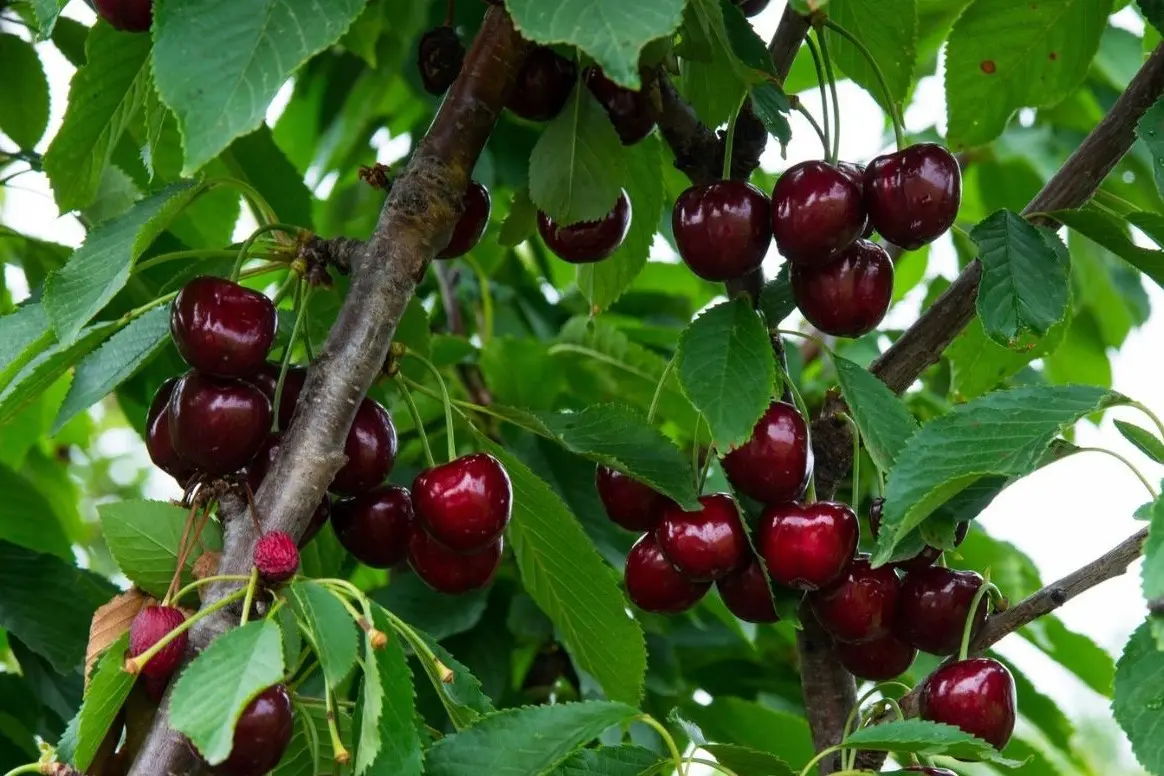Frutas de Chile announced that the Chilean cherry season 2023-2024 is practically over and indicated that the results of the campaign are positive.
In this regard, the executive director of the Frutas de Chile Cherry Committee, Claudia Soler, indicated that during the season the cherries were well received by consumers, which allowed a good rotation of fruit, 'despite the fact that in the first part of the season exports showed a decrease in volumes due to the spring rains'.
He added that 'the conditions and quality of our fruit were good, as our exporters know how important quality is for the sustainable development of the sector in the future'.
Soler explained that the early varieties, which were most affected by the spring rains, but were not damaged, "were favoured for air shipment, thus guaranteeing the condition of the fruit. The intermediate and late varieties had good volume and quality'.
Markets
Regarding export volumes, Soler indicated that so far cherries have been shipped to several markets around the world, totalling 413,979 tonnes, a figure very similar to last season's, with a decrease of -0.3%. "However, it is important to note that in terms of shipments to China (including HK), our main destination, exports recorded a new record, with shipments 3.3% higher than last season, totalling 377,000 tonnes."
In terms of markets, the Far East received 388,062 tonnes of Chilean cherries, up 1.5% year-on-year. This was followed by the United States with 13,977 tonnes (-14% East Coast and -52% West Coast), Latin America with 7,296 tonnes (-20%), Europe with 3,850 tonnes (-17%), Canada with 685 tonnes (-36%) and the Middle East with 109 tonnes (-61%).
Varieties
Frutas de Chile reported that the top 10 cherry varieties shipped were: Lapins with 43% of the total volume exported, Santina (21%), Regina (19%), Sweet Heart and Bing with 4% respectively. Also standing out were Kordia (3%), Skeena (2%), Royal Dawn, Rainer with 1%, among others.
It is worth mentioning that the Chilean industry sends more than 36 varieties of cherries to the world. Some of these are new early varieties such as Meda Rex, Sweet Aryana or Royal Lynn, among others, which are still produced in low volumes, not exceeding 80 tonnes exported.
The Committee representative explained that in terms of the type of shipments. "There has been a growth in exports by air, especially to China, with the receipt of almost 15,000 tonnes and a growth of 4.4 per cent over the previous year.
While sea shipments to different markets around the world amounted to 386,209 tonnes, a decrease of 0.22%, and land shipments, mainly to Latin American markets, amounted to 5,588 tonnes, a decrease of 3.5%."
The president of Frutas de Chile, Iván Marambio, said: 'Without a doubt, this cherry season has shown, once again, that the Chilean fruit industry is able to cope with the challenges, because despite some drawbacks such as the lack of cold weather in winter and rain in spring, we were able to send quality fruit.
Marambio explained that cherries are Chile's calling card in China and other Asian markets. "A special synergy has been created between the Chinese New Year and the Chilean cherry, as a symbol (due to its colour and shape) of good luck and good wishes. In addition, the free trade agreement and good relations between Chile and China have allowed the cherry industry to grow over time'.
Marambio stated that 'in the last 7 years we have grown, on average, by 29% per year in terms of volume. An example of this is the fact that 9 seasons ago, which was about 10 years ago, our cherry shipments to China reached just over 39,000 tonnes (2015-2016), while today they exceed 376,000'.
Progress
Soler emphasised the coordination with logistics actors in China this season, which made it possible for Cherry Express ships to arrive at the port of Tianjing for the first time. "This has been crucial in order to directly reach the entire northern area of China, mainly, everything that is Beijing and its surroundings.
In addition, this port is very close to the Gaobeidian wholesale market, which is currently one of the largest wholesale markets for high-quality fruit in northern China, which represents a huge potential for our cherries, especially as there is interest in developing the category.
Another highlight in logistics is the first ship with cherries that arrived in India in the record time of 36 days and with only one stopover, "which makes us optimistic about the development we can have in this market, especially considering that we are entering it with zero tariffs," Soler said.
The executive director of the Chilean Committee for Fruit Cherries also emphasised the promotion developed this season, assuring that 'unlike previous years, a three-year strategy has been developed this season, which will be a kind of roadmap to deal with the expected increases in production and exports in the future.
This plan includes much more precise work on our target segment and how we will work on the different cities according to their degree of maturity, especially in China, which is our main target market. The growth we expect in the future and the degree of development of the markets force us to be much more demanding in terms of the performance required for the different activities'.
Finally, Soler emphasised that we must not lose sight of the fact that 'China is a dynamic market with considerable growth potential, which requires us to be constantly attentive to the changes in this market, as well as to develop it further by stimulating more consumption in regional cities and to appeal to the younger segment that has a lower consumption of cherries.
Source: Portal Frutícola
Cherry Times - All rights reserved










